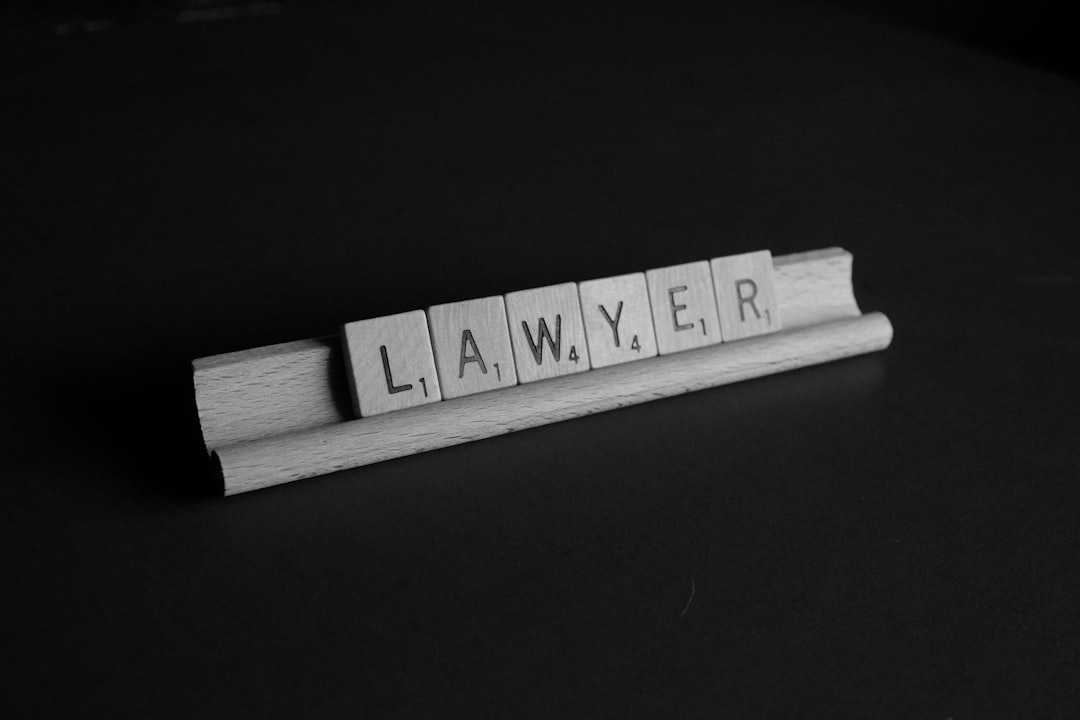
Definition: Power reaping refers to the technique of mechanically removing turf from the top of a pile by means of a mechanical rake or blade. This is different from mechanical dethatching as it does not injure the turf when it is removed. Mechanical power reaping is a form of mechanized dethatching or shearing. It can be applied for short or long periods. On average, power reaping over three treatments provides excellent turf regeneration and reduction of costs associated with turf removal, including labor costs, disposal costs, and equipment depreciation. These benefits translate into more productive and attractive lawns for your business or other uses.
Benefits: The most obvious benefit of power raking is that it provides superior soil health. Removal of shear layers in the soil accelerates bacterial action, which speeds up decomposition. Long-term control of soil microbial activity helps to reduce weed seed germination, reducing the need for added nitrogen. If your lawn has a history of weed seed germination, you may want to consider dethatching your lawn. The combination of better soil health, less weed seed germination, reduction of costs, and increased soil density provide an excellent return on your investment.
How to Do It: The process of power raking starts with a brush that is dethaped at the edge of the grass area. A sharp-edged blade is then inserted into the grass dethrone and left to work for several days. After the first treatment, the blades will become blunt and thinner. They will also become narrower towards the bottom and re-sharpened before being inserted back into the ground. This process causes the thatch to lift off of the blade. The thick thatch is lifted, the blade moves back into the ground, and the grass goes back to normal.
What You Need: Power racking equipment can be purchased from a local hardware store or online. Be sure to check out how the blades are rounded and the angle of the teeth as these are important factors to consider when doing power raking. Thinning tools are used to increase the amount of brush movement without adding additional noise. The thickness of the thin layer of dead matter is determined by how much debris is being moved per rotation (how many times the blades rotate through a full rotation), and can be adjusted with a few turns of the knob.
Why It’s Important: When properly applied and maintained, power raking can help control a lawn’s most troublesome problem, thatch. The thick layer of thatch on a lawn slows down the water and nutrient absorption that plants need to survive and thrive. To give your plants the nutrients they need, consider contacting a local nursery for tools that will loosen and aerate thatch. Once thatch has been loosened, you’ll find that you’ll have healthier plants with more vibrant and fuller foliage.
Power Raking: What to Do When You’re overseed… Most lawns removes about half of the thatch in a healthy lawn, but the best results occur after the thatch has been removed completely. The best way to accomplish this is to aerate the ground thoroughly with a power rake. To do this, turn the machine off, unhook the blade from the tractor unit and move the brush toward the edge of the field. Once the grass on the edge is ready to cut, turn the machine off and remove the rake itself.